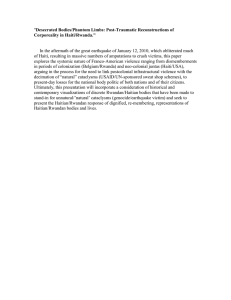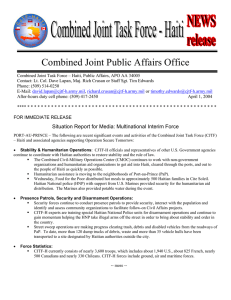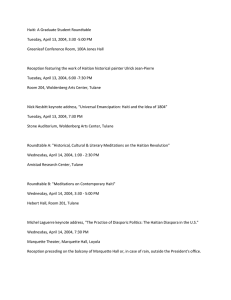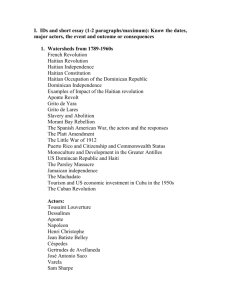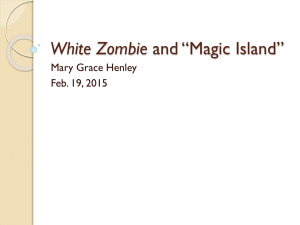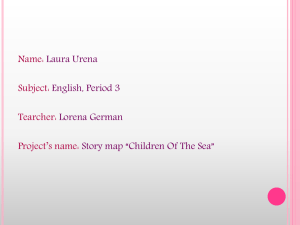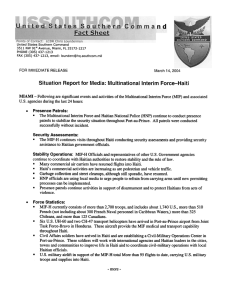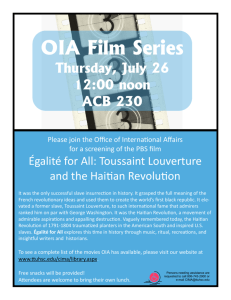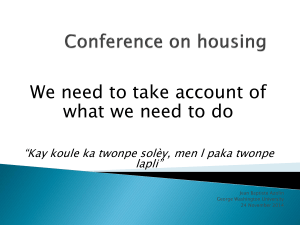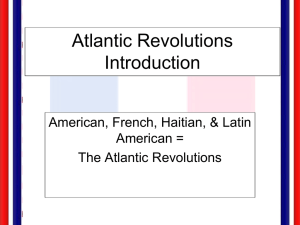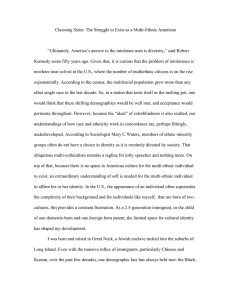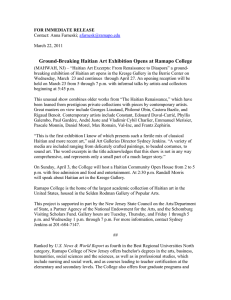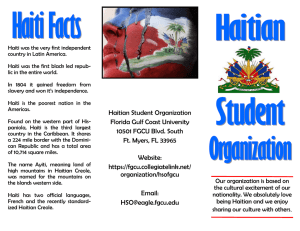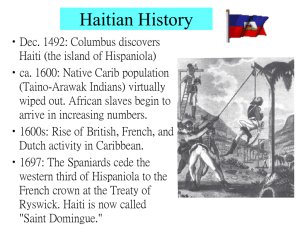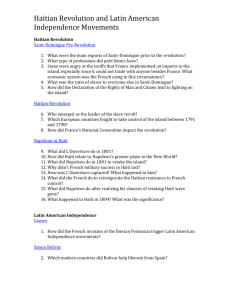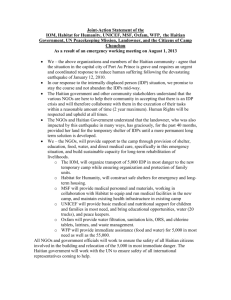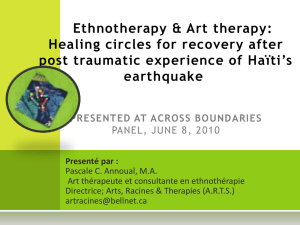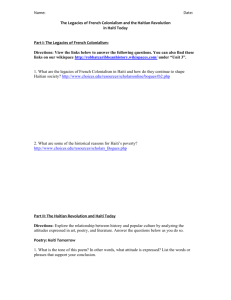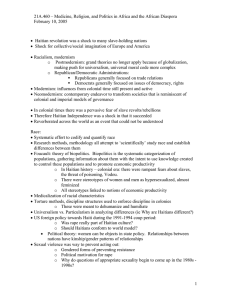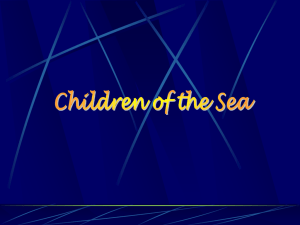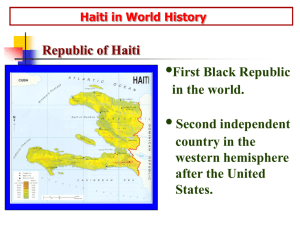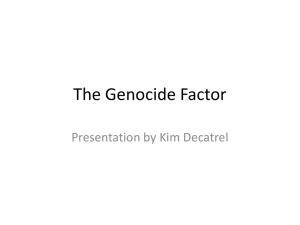Multiple-Choice Quiz (with answer key)
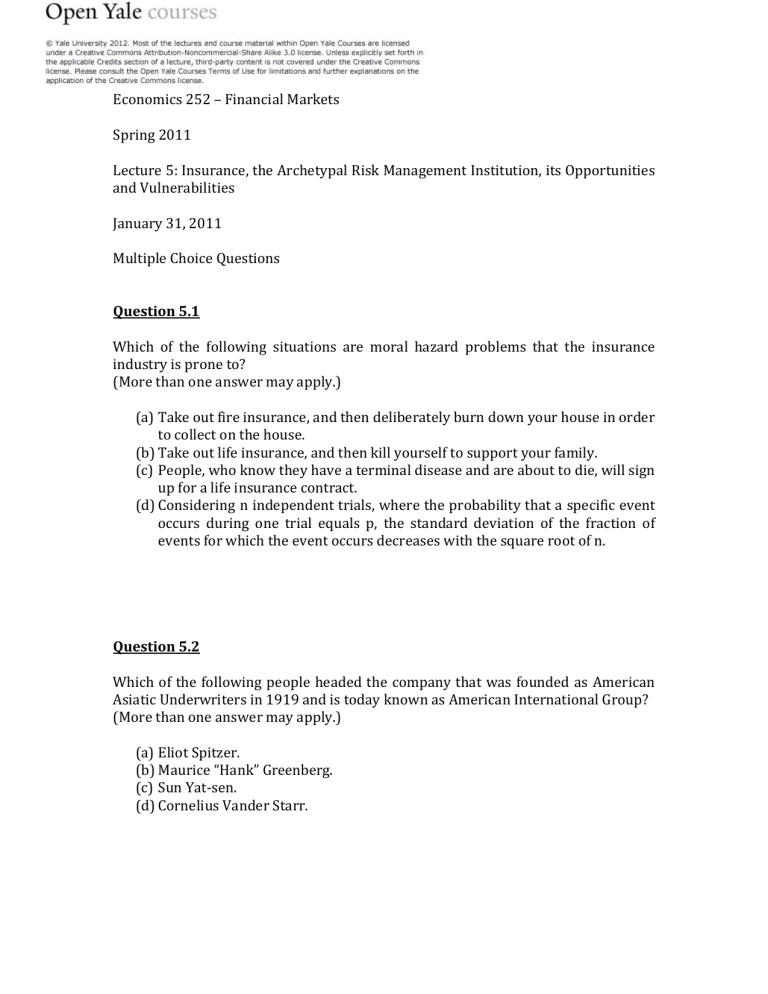
Economics 252 – Financial Markets
Spring 2011
Lecture 5: Insurance, the Archetypal Risk Management Institution, its Opportunities and Vulnerabilities
January 31, 2011
Multiple Choice Questions
Question 5.1
Which of the following situations are moral hazard problems that the insurance industry is prone to?
(More than one answer may apply.)
(a) Take out fire insurance, and then deliberately burn down your house in order to collect on the house.
(b) Take out life insurance, and then kill yourself to support your family.
(c) People, who know they have a terminal disease and are about to die, will sign up for a life insurance contract.
(d) Considering n independent trials, where the probability that a specific event occurs during one trial equals p, the standard deviation of the fraction of events for which the event occurs decreases with the square root of n.
Question 5.2
Which of the following people headed the company that was founded as American
Asiatic Underwriters in 1919 and is today known as American International Group?
(More than one answer may apply.)
(a) Eliot Spitzer.
(b) Maurice “Hank” Greenberg.
(c) Sun Yat-sen.
(d) Cornelius Vander Starr.
Question 5.3
How does the Dodd-Frank Act in the U.S. from 2010 change the regulation of the insurance industry?
(a) It abolishes all state regulators for the insurance industry.
(b) It terminates the federal regulation of the insurance industry and requires the creation of state regulatory agencies for the insurance industry that will coordinate with the Federal Reserve on systemic issues.
(c) It creates the Federal Insurance Office, which can recommend to the
Financial Stability Oversight Council that an insurance company is to be put under the regulation of the Federal Reserve Board, if this insurance company represents a systemic risk.
(d) It mandates that the National Association of Insurance Commissioners must approve all insurance legislation.
Question 5.4
What is the main content of the U.S. Emergency Medical Treatment and Active Labor
Act from 1986?
(a) Every company with 25 or more employees has to establish their own Health
Maintenance Organization.
(b) If you are not affiliated with any insurance plan, you have to pay a $700 penalty.
(c) Anyone needing emergency treatment can go to any hospital with an emergency room and must be taken care of.
(d) Health plans like the Yale Health Plan are ruled illegal.
Question 5.5
Besides the fact that people in Haiti could not collect payments after the earthquake in 2010, what was one of the major problems of the lack of the insurance for Haitian buildings?
(a) Only if more than 60% of the buildings in Haiti had been insured, the
Caribbean Catastrophe Risk Insurance Facility would have provided reinsurance for Haitian insurance companies.
(b) If there had been building insurance in place, the insurance companies would have imposed building codes and standards, ameliorating the structural consequences of the earthquake.
(c) Only a person with building insurance could run for the Haitian parliament, leading to a lopsided representation of the Haitian people.
(d) The Haitian government was forced to create the Terrorism Risk Insurance
Act to support underfunded Haitian insurance companies.
Correct Answers
5.1: Correct answers: (a) and (b)
5.2: (b) and (d)
5.3: (c)
5.4: (c)
5.5: (b)
